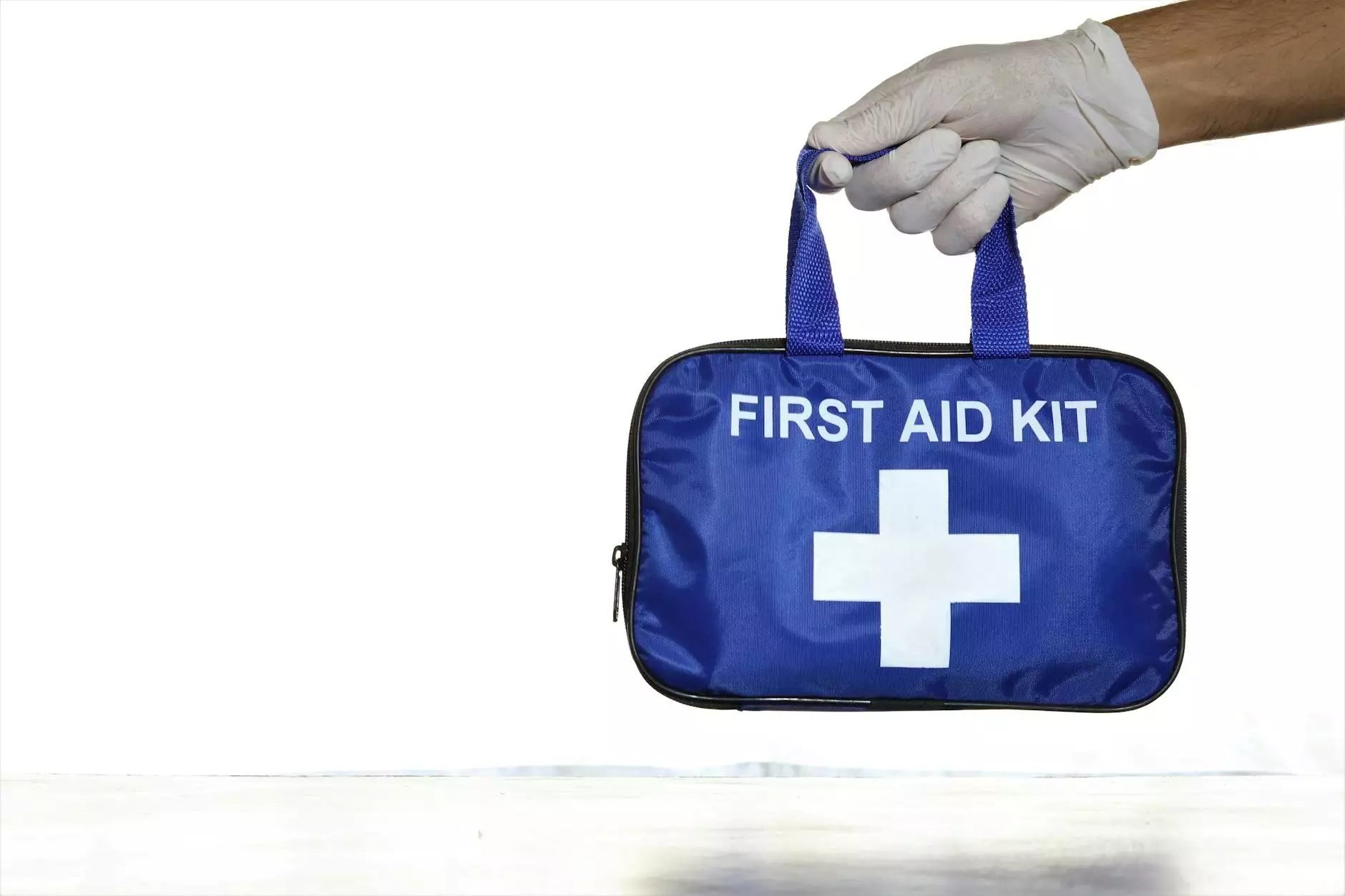How to Stay Safe in an Emergency and Give First Aid
Technology
Welcome to Screens Unlimited, your go-to resource for valuable information on emergency preparedness and first aid. In this comprehensive guide, we will equip you with the essential skills and knowledge to stay safe and lend a helping hand during critical situations.
Why Emergency Preparedness is Crucial
As citizens, we often find ourselves at the forefront of emergency situations. Natural disasters, accidents, and health crises can happen at any time, and having a solid understanding of emergency preparedness can mean the difference between life and death.
The Importance of First Aid
First aid is a vital skill that empowers individuals to provide immediate assistance to those in need before professional medical help arrives. By administering first aid effectively, you can stabilize an injured person's condition, prevent further harm, and potentially save lives. Whether you are in a public place, at home, or at work, being knowledgeable in first aid can make a significant impact in emergency situations.
Emergency Preparedness Tips
1. Create an Emergency Plan
Develop a comprehensive emergency plan that outlines the necessary steps to follow during different types of emergencies. This plan should include evacuation routes, emergency contact information, and a designated meeting point for your family or colleagues.
2. Assemble a First Aid Kit
Having a well-stocked first aid kit accessible at all times is crucial. Include items such as bandages, gauze pads, adhesive tape, antiseptic wipes, gloves, and scissors. Stay updated with expiration dates and replace items as needed.
3. Learn CPR and Basic Life Support
CPR (Cardiopulmonary Resuscitation) and Basic Life Support (BLS) training are valuable skills that can help sustain someone's life until professional medical assistance arrives. Enroll in a certified CPR and BLS course to gain the necessary knowledge and confidence to perform these life-saving techniques.
4. Educate Yourself on Common Emergencies
Familiarize yourself with the common emergencies that may occur in your area. Learn about the signs and symptoms of heart attacks, strokes, allergic reactions, choking, and other life-threatening conditions. Knowledge empowers you to act swiftly and appropriately when faced with such situations.
How to Administer First Aid
1. Assess the Situation
Before providing first aid, ensure the scene is safe for both the injured person and yourself. Evaluate the situation and identify any potential dangers that could further harm those involved.
2. Call for Professional Help
Contact the local emergency services or ask someone nearby to call for professional medical assistance, especially in severe emergencies.
3. Control Bleeding and Provide Comfort
If the injured person is bleeding, apply firm pressure on the area using a clean cloth or sterile bandage. Offer words of reassurance and keep them as comfortable as possible while waiting for medical professionals to arrive.
4. Perform CPR if Necessary
In cases of cardiac arrest or respiratory distress, initiate CPR as learned in your training. Perform chest compressions and rescue breathing according to the recommended guidelines until professional help takes over.
Conclusion
Being prepared for emergencies and having a strong foundation in first aid can make a significant difference when every second counts. Screens Unlimited is dedicated to equipping individuals and communities with the knowledge and skills necessary to stay safe and provide assistance during critical situations. By following our comprehensive guide, you can confidently navigate emergencies and potentially save lives. Remember, taking proactive steps towards preparedness today can contribute to a safer and more secure future for everyone.









